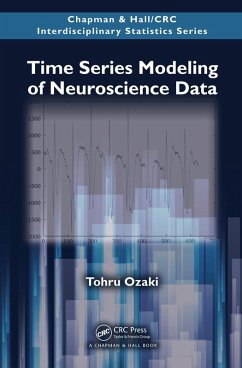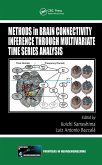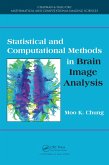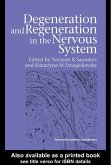Due to recent advances in methodology that offer significant improvements over conventional methods, there is increasing interest in the use of time series models for the study of neuroscience data such as EEG, MEG, fMRI, and NIRS. This book presents an overview of time series models for the study of neuroscience data. Accessible to applied statisticians as well as quantitatively trained neuroscientists, the book is supported by many real examples to illustrate the methods and provides useful instructions for computational problems, enabling readers to develop their own computational toolbox to apply the methods to real data.
Dieser Download kann aus rechtlichen Gründen nur mit Rechnungsadresse in A, B, BG, CY, CZ, D, DK, EW, E, FIN, F, GR, HR, H, IRL, I, LT, L, LR, M, NL, PL, P, R, S, SLO, SK ausgeliefert werden.









